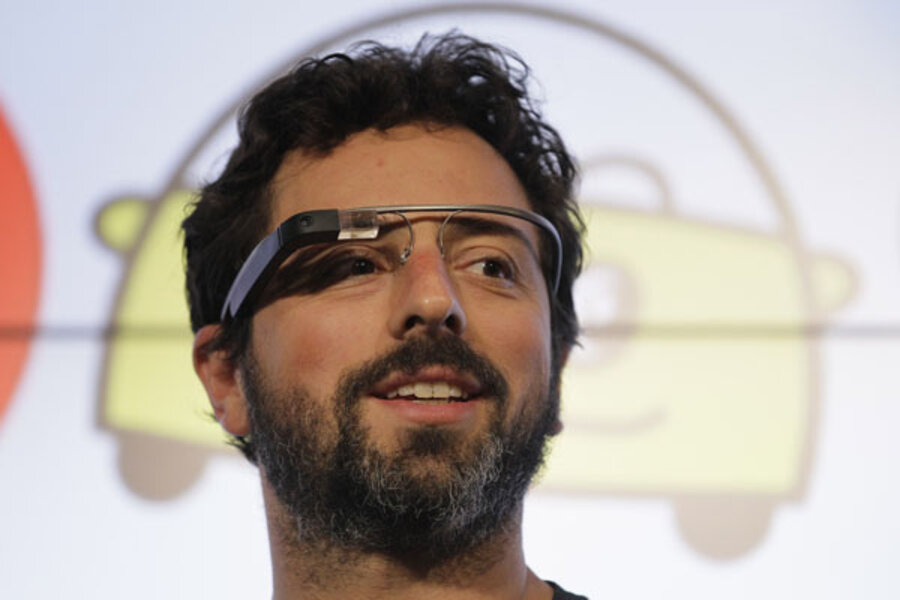Google Glass: Apps, gestures, and audio revealed at SXSW
Loading...
Given how much buzz surrounds Google Glass, we know curiously little about it. Glass, which consists of a miniature heads-up display and camera attached to lensless eyeglass frames, promises all sort of info on demand, but Google is notoriously strict about letting people test it out -- and as a result, details on how Glass will actually fit into our day-to-day lives have been sparse.
But thanks to a Google presentation at the South by Southwest conference this week, we now know a little more about Glass, including how it’s controlled and how apps might work on the device.
Senior developer advocate Timothy Jordan took to the stage in Austin to show how Glass responds to user input. We knew already that the glasses can be controlled by voice -- “Okay, Glass, take a picture,” for example -- but Jordan demonstrated touch and head gestures as well. By subtly moving your eyes, you can turn the screen on and manipulate information; by gently tilting your head you can scroll through different screens.
During the presentation Mr. Jordan also used Glass to take photos and post to the Google+ social network. He also replied to an email by using voice dictation -- Glass displayed the text of his reply, and allowed him to edit it before sending. And Jordan used Glass to translate the phrase “Thank you” into Japanese; the audio result was loud enough for him to hear but too quiet for the audience to catch.
We also now know a little more about how third-party apps will work with Glass. Jordan modeled a few apps that are still under development, including one that displays headlines and photos from The New York Times, and another called “Skitch” that lets users collaborate by doodling on or otherwise marking up images. Jordan cautioned that because Glass is so different from smart phones, developers will need to write new software for the platform rather than trying to port their existing apps to Glass. And he added that developers should keep apps simple, since the glasses are positioned right in front of a user’s eyes. (It’s a safe bet that no one wants to be bombarded with ads and trivial updates thrust directly into their field of vision.)
Google also announced that Glass will work for those who would be wearing glasses anyway: “The Glass design is modular, so you will be able to add frames and lenses that match your prescription.” The design for prescription frames is still under development, but the news likely comes as a relief to anyone who was hoping to turn their glasses into Glasses.
Readers, what’s your take? Are you getting more excited about Glass as more information is revealed? Or is this something you’d never be caught dead wearing? Let us know in the comments section below.
For more tech news, follow Jeff on Twitter: @jeffwardbailey.








